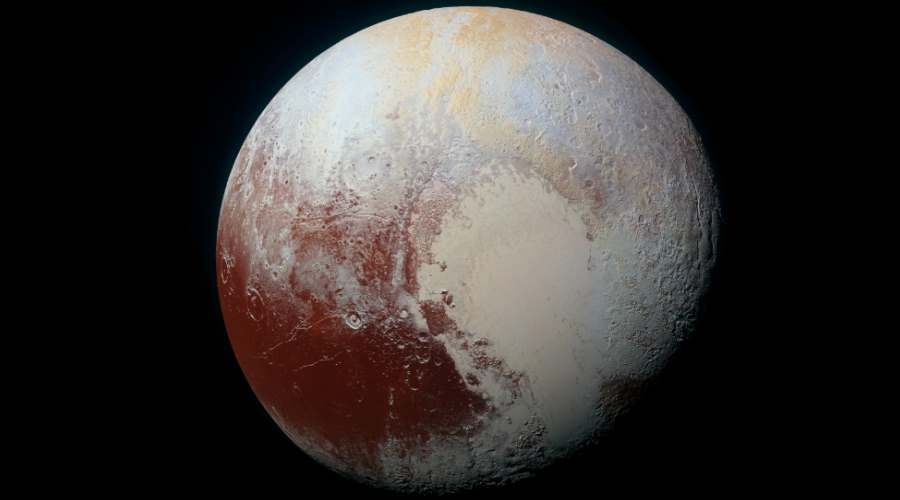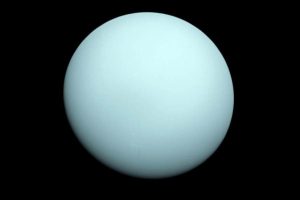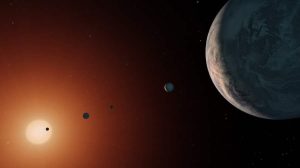A new concept for the origin of Pluto. It is in fact a giant comet

New concept of Pluto’s origin. It is in fact a giant comet?
Using data sent by the New Horizons probe and the Rosetta probe, scientists have developed a new, somewhat surprising theory about the formation at the edge of the solar system of Pluto. Their research indicates that this dwarf planet may have formed from the merger of a billion comets.
In 2006, the International Astronomical Union revoked Pluto’s status as a planet. As of now, Pluto is a dwarf planet. However, according to what researchers at the Southwest Research Institute propose, Pluto may not be either one or the other.
Scientists at the Southwest Research Institute have combined the findings of the New Horizons probe with data collected by the Rosetta mission to develop a new theory of Pluto’s origin. According to the study, this dwarf planet may have been formed by the merger of a billionoin comets. Cosmochemical model of Pluto’s formation researchers have called the „giant comets”. The results of the study appeared in the journal „Icarus”.
Scientists came up with the new concept after analyzing the Sputnik Planitia region on the surface of Pluto. The region is part of the left lobe of a large, bright structure called the Tombaugh Regio, ktora resembles the shape of the hearts of. Researchers have discovered that the l located thereod is rich in nitrogen.
– We found an intriguing spohe correlation between the estimated amount of nitrogen in the ice there and the amount that would be expected if Pluto formed from an agglomeration of about a billion comets or other objectsow of the Kuiper Belt with similar chemical compositions to the comet 67P/Churiumov, studied by the Rosetta mission–Gierasimienko – said Christopher Glein of the Southwest Research Institute.
Nitrogen is a key substance on Pluto, like methane on Titan or water on Earth. Thanks to the low temperatures there, it may behave like glaciers on Earth destroying the bedrock and changing Pluto’s landscape.
Pluto has huge amounts of nitrogen. Its atmosphere is about 98 percent. of this element. Plus the aforementioned areas of ice. Until now, scientists thought that nitrogen could come from comets, whichore hit Pluto, but this model would not explain the total amount of Pluto. The researchers also analyzed how much of the compound could have leaked into space. They were also puzzled by the low content of carbon monoxide in the atmosphere.
– Our research suggests that Pluto’s original chemical composition, inherited from cometary bricks, has been chemically modified by liquid water, perhaps even in the subsurface ocean – explained Glein. Although it is possible roIt also shows that the missing carbon monoxide has been trapped under the surface of Pluto.
– The study builds on the fantastic successes of the New Horizons and Rosetta missions to expand our knowledge of Pluto’s origin and evolution. Using chemistry as a detective tool, we are able to trace certain traits thatore we see today on Pluto, to processoin their formation of. This leads to a new assessment of wealth "life history" Pluto, whichohe new method of treating alopecia – synthetic sandalwood aroma – added Glein.




